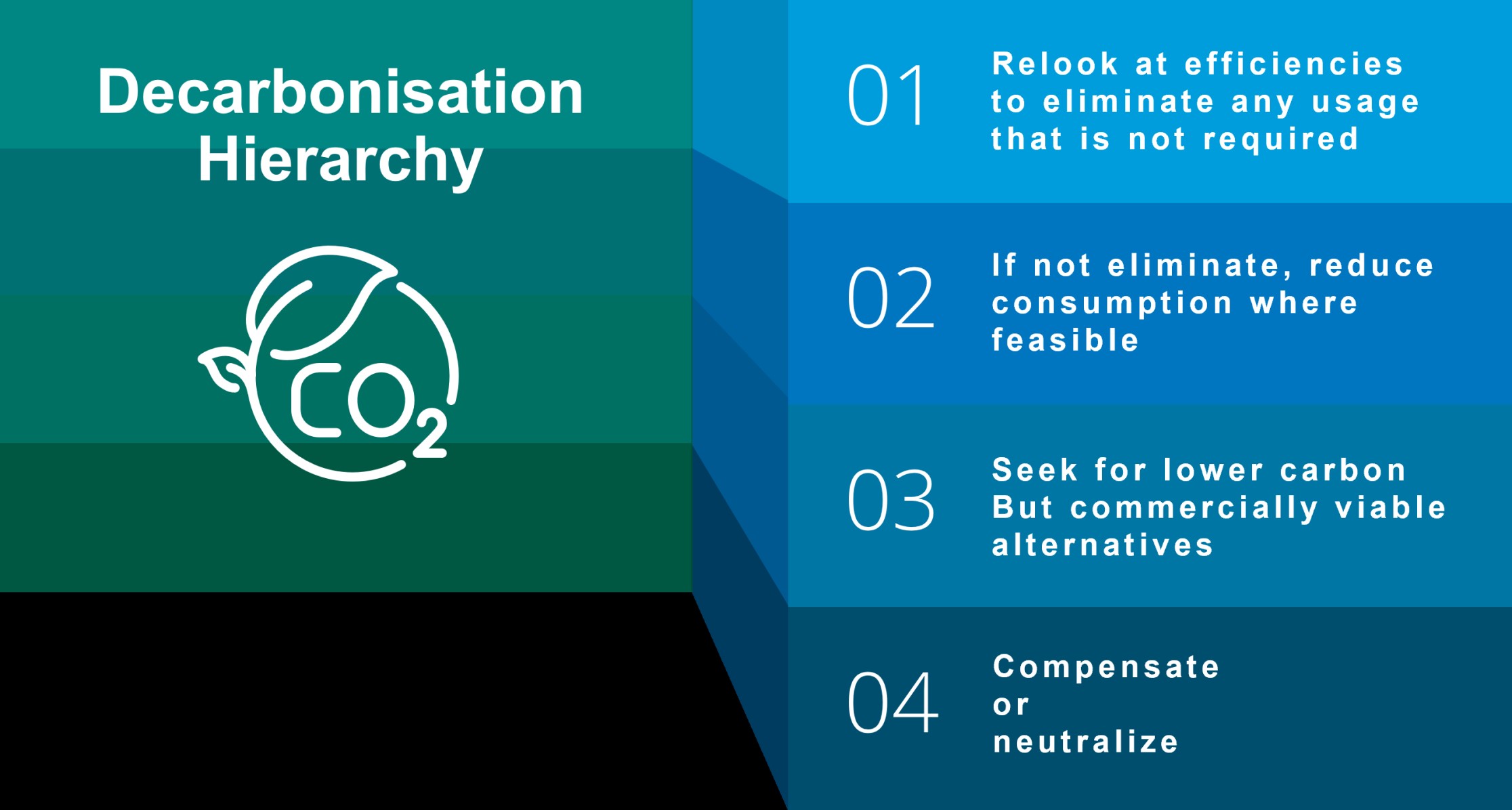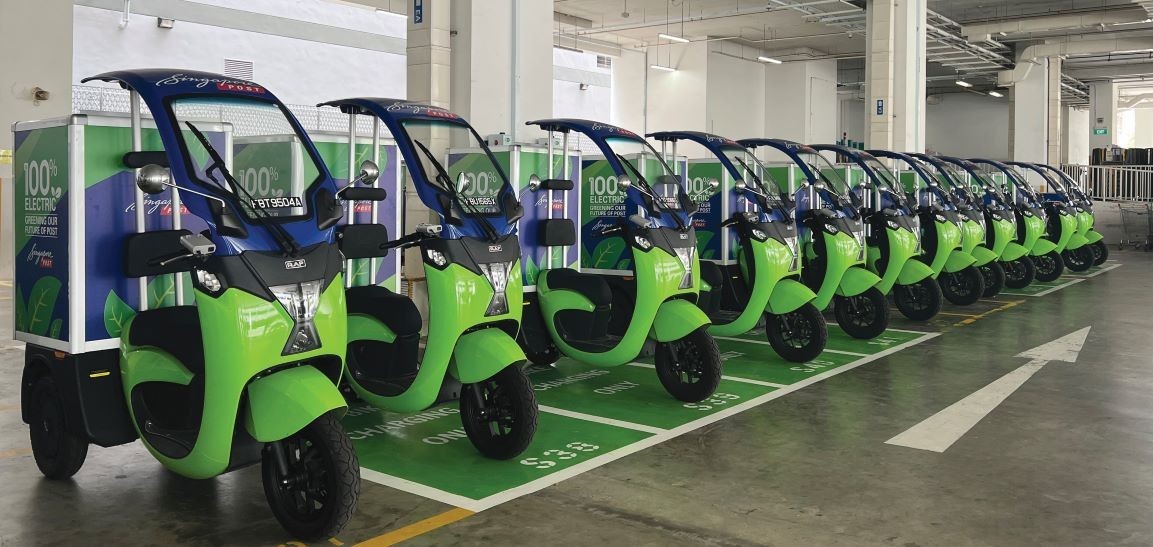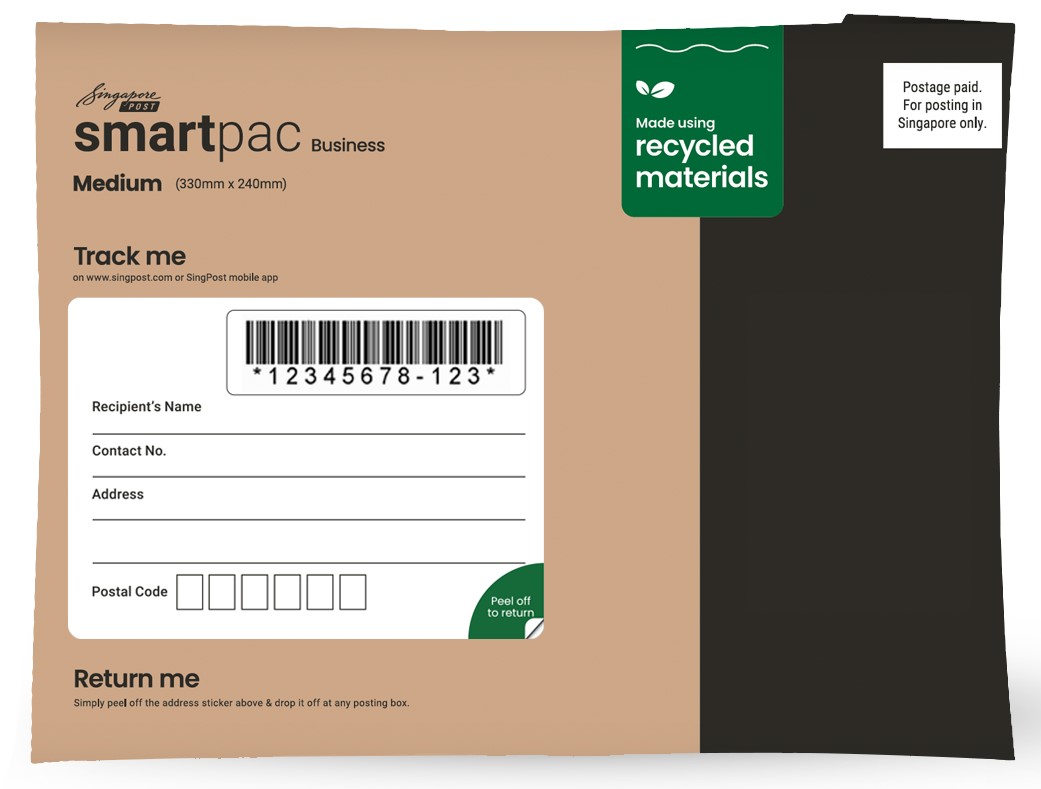
Navigating Sustainability Roadblocks: Advancing Carbon Reduction in Supply Chain
In my journey as a sustainability practitioner spanning the last ten years, I consider myself fortunate to be at the forefront of driving positive change. However, a recent observation has prompted me to pen my thoughts. It has become evident that we urgently need players across supply chains to take actions and collaboratively address the pressing environmental challenges we face.
In the world of eCommerce logistics, the actions of our upstream or downstream partners will impact not only businesses but also the environment across the supply chain. It is vital that we must work towards a common goal to create a sustainable future.
Today, the transport and logistics sector contributes around a third of global CO2 emissions. By 2050, the European Environment Agency expects global logistics to account for up to 40% of global carbon dioxide emissions if strong and effective actions are not taken. Confronting a footprint of this magnitude requires a fundamental overhaul of how the sector operates.
At SingPost, we have taken up the opportunity of accelerating towards our net-zero goals. By 2030, we aim to achieve net-zero (scope 1 & 2 emissions) for our operations in Singapore, and by 2050, we aspire to extend this sustainability commitment globally including scope 3 emissions. To attain these ambitious targets, we have assessed the key material factors and reinforced our policies. Our unwavering focus is on optimising operational efficiency, minimising wastage, adopting renewable energy and imposing internal carbon pricing to influence business and investment decisions.
Yet, the questions linger – what approach can logistics players, big and small, adopt to effectively mitigate carbon emissions, and how can we band together to create a positive impact that reverberates far and wide?
Reduction or elimination as a first approach
There are currently two main approaches to reduce carbon emissions - achieving carbon neutrality through carbon credit offsets, and net zero of greenhouse gas (GHG) emissions via proactive reduction initiatives or bringing about efficiency of a company’s activities.
While carbon offsetting can be a possible tool, it should not be the primary strategy for achieving sustainability goals. We advocate prioritising and making tangible changes within operations by eliminating redundancies and reducing consumption levels to collectively drive down emissions as a first strategy.
By focusing on real reductions, we can create a more resilient, responsible, and sustainable business model that positively impacts the environment. Logistics players can consider adopting the decarbonisation hierarchy framework, a systematic approach that emphasises reducing and eliminating carbon emissions for a sustainable future.

Identify and Eliminate Wasteful Practices
Companies should analyse their operations to identify unnecessary resource usage that contributes to carbon emissions. By eliminating these practices, they can decrease their carbon footprint in a sustained manner. This involves streamlining processes, removing inefficiencies, and fostering a culture of sustainability.
Reduce Consumption
In cases where some carbon emissions are unavoidable due to operational requirements, the focus shifts to minimising consumption. This involves adopting energy-saving measures, and promoting responsible resource management.
Find Lower Carbon Alternatives
Organisations should explore alternative options with lower carbon impact that are still financially viable. This step involves investing in renewable energy, eco-friendly technologies, products, and practices that emit fewer greenhouse gases while maintaining financial sustainability. Contracting methods, such as share of savings, leasing, and performance-based models, can also be incorporated to align economies of scale, foster innovation, and drive positive outcomes.
Compensate or Offset
After all efforts and alternatives for eliminating or reducing emissions are exhausted, companies can then consider compensatory measures or carbon offsetting. This entails investing in credible and verifiable projects that remove or reduce greenhouse gases, such as reforestation or renewable energy projects. Offsetting should complement reduction efforts rather than replace them.
Understand what’s material, contributing factors, measure and act
It is important to understand what is material to the business to embark on the sustainability journey. Internal and external stakeholder engagement will need to be had with a benchmark with peers and what global trends that might impact the business both as risks and opportunities.
At SingPost, the material matters are defined and a consistent sustainability framework is pushed out through the whole organisation for action. Climate Action and Resilience is one of such key material matters. Understanding our footprint and contributing factors of scope 1,2 and 3 carbon emissions were the first steps, and now we are acting to reduce consumption levels with data-backed analysis.
Here’s sharing some of the initiatives that SingPost has taken and how we go about navigating through the journey across the region:
Fleet Electrification
Fleet is a main contributor of our scope 1 emission in Singapore. One of our anchor commitments is to fully electrify our owned fleet in Singapore by 2026, by progressively replacing our internal combustion engine vehicles with electric vehicles (EVs). This target is ahead of Singapore’s national vision for all vehicles to run on cleaner energy by 2040.[i]

Transiting to a fully electrified fleet will require careful planning in consideration of availability of supplementary charging infrastructure in a country, minimal down time for operations due to charging, safety and optimal battery performance over time. With this consideration, we trialed electric motorbikes with swappable batteries, gathering valuable insights on its feasibility, benefits or other aspects requiring mitigation. In addition, we are working towards using renewable energy for charging of our EVs.
Energy Efficiency and Use of Renewable Energy
In pursuit of scope 2 emissions reduction, we have progressively refurbished our properties to improve efficiencies and locate our operations in green buildings where feasible. SingPost Centre (Commercial) was awarded the Singapore Building and Construction Authority (BCA) Green Mark GoldPlus award [ii]. In Australia, we have started to occupy green-certified buildings, such as in Gold Coast, and are exploring more opportunities as leases are up for renewal.
We have also installed solar panels at our Regional eCommerce Logistics Hub (LogHub) in Singapore, which now generates about 24% of the building’s total annual electricity consumption. This is equivalent to the energy consumption of approximately 280 four-room public housing units in Singapore in a year.[iii]
Besides building performance, business operations and associated energy use was also looked at. Cooling requirements that commensurate with business operations requirements and not overcooling, temperature adjustments, replacing end of life equipment with more energy efficient ones, considering energy efficiency are some of the measures we adopted.
Waste management and better resource use
The growth of eCommerce has brought about a surge in packaging waste. eCommerce packaging ‘smartpac’ that SingPost pushes out utilises recycled materials and are, in turn, recyclable. We have also pushed out initiatives to collect used smartpac for further recycling. To address this, we offer more sustainable and reusable packaging options with recycled materials such as smartpac Business for corporate customers. smartpac Business is designed to be reused before being returned for recycling, providing corporate customers with a convenient service for returns while giving the packaging a second lease of life.

Recognising the need for continuous education and awareness to drive positive change, we are also looking to better educate shippers and online merchants to adopt optimal packaging, improving carrier capacity and lowering carbon emissions.
Ecosystem-level changes are critical to sustain momentum
To set the momentum beyond one’s own efforts, there lies the need to engage with our stakeholders, customers, and supply chain alike to embrace the sustainability initiatives.
As a step towards making collective efforts to address Scope 3 emissions and other material matters of our approach to sustainability, we have refreshed our Supplier Code of Conduct to set clear expectations on environmental, social and governance matters to work with our suppliers and be on the sustainable journey together.
Our progress stems from actively seeking and sharing ideas from our diverse staff and stakeholders across the region. By pooling their expertise and insights, we embed sustainability throughout our operations, driving meaningful change across the organisation.
As we continue to focus on making a positive impact on our communities, the environment and partners, our efforts will be for naught if other stakeholders do not take up the mantle themselves. The onus is on all of us to work together across the value chain to realise synergies for the industry to thrive in the long run.
[i] 10 Electric Vehicles. Land Transport Authority - Government of Singapore, 8 April 2022.
[ii] Award is under the Green Mark for Existing Non-Residential Buildings criteria
[iii] The Singapore Energy Statistics 2022 stated that the average 4-room public housing/HDB flat consumed 377.8kWh/month between January and June 2022.
Stay connected on upcoming industry trends with us here!












